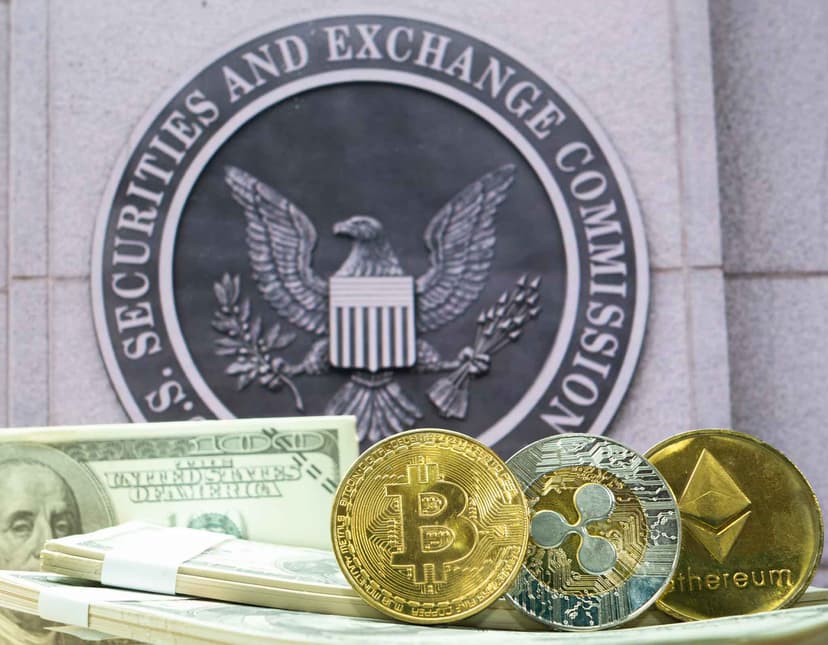

NEWS
Any Fed ‘Pivot’ From Higher Interest Rates Fizzles

Simpler Trading Team
Those who still believe inflation is “transitory” probably shouldn’t consider buying ocean front property in Arizona.
The Federal Reserve (Fed) was wrong and now is letting the world know that getting 40-year high inflation under control is a long-haul task.
And commodities aren’t helping the matter any.
Fed ‘pivot’ from higher interest rates doesn’t happen
Don’t expect the Fed to listen to online forum ramblings about a “pivot” from hawkish monetary policy determined to lower inflation with higher benchmark interest rates.
“The full effects of monetary policy take time, but in my brief time on the Federal Open Market Committee, we have acted boldly to address rising inflation, and we are committed to taking the further steps necessary,” said Fed Governor Philip Jefferson during a speech on Tuesday. “I want to assure you that my colleagues and I are resolute that we will bring inflation back down to 2 percent.”
Consumers and traders can expect “a period of below-trend growth” ahead until inflation is at Fed-dictated levels.
The Fed sent a clear message in September with its .75% raise in benchmark interest rates and plans to continue aggressive efforts to tame inflation no matter the economic damage.
“While oil and gasoline prices have come down in recent months, I am concerned that fluctuations in prices of the goods to which people pay the most attention, like food and housing, will affect expectations of future inflation,” said Jefferson. This was his first speech since joining the U.S. central bank as governor in May.
Raising interest rates not only affects stock market securities (like treasury bonds where yields are rising) or companies tied to international currency rates (like market-favorite technology stocks), the hikes hit consumers managing credit card debt or trying to buy homes or cars.
Central bankers no longer expect inflation control measures to be a soft landing for the economy.
“Inflation remains elevated, and this is the problem that concerns me most,” Jefferson said. “Inflation creates economic burdens for households and businesses, and everyone feels its effects.”
After its .75% (75 basis points) rate hike last month, the Fed anticipates raising interest rates further through 2023, to a level as high as 4.6%. The latest hike raised the target range for the federal funds rate for the fifth time this year, bringing the target range to 3% to 3.25%.
Bull trap fakes out optimistic retail traders
What’s another name for “bull trap?” Retail traders stepped in it to start the week and the midweek result stinks for those who walked right into this market trap.
Two days of spiking prices in the three major indexes Monday and Tuesday sent a spark of euphoria throughout the stock market. By Wednesday morning the bull trap had been exposed and the stock market was bleeding across the board.
The Dow – down by as much as 150 points early – staged a midday recovery while the Nasdaq and S&P 500 were still down by as much as 1.86% and 1.41%, respectively.
The downside shift Wednesday exposed the two-day rally as a bull trap.
A bull trap is like a head fake in sports – traders think the price move is going to continue higher, but the market shifts suddenly in the opposite direction. The two-day rally to start this week had many traders thinking the market was done falling and would continue higher, until it fell apart today.
As Simpler’s traders have asserted, this market is in a bearish trend.
Coming off the bull trap, oil just showed how quickly things can turn and inflation can soar.
The Organization of the Petroleum Exporting Countries (OPEC+) decided on Wednesday to cut oil production by 2 million barrels a day. Saudi Arabia and Russia are key members of this international oil cartel.
Oil was up by almost 1.5% midday, topping $87.70 per barrel after production cuts were announced.
As oil rises in price across the markets, gasoline prices are expected to rise, and consumers face more pain at the pump in their wallets.
The Fed is watching as economic factors keep inflation afloat going into the winter months.


